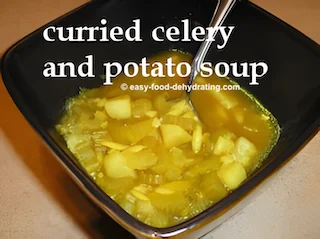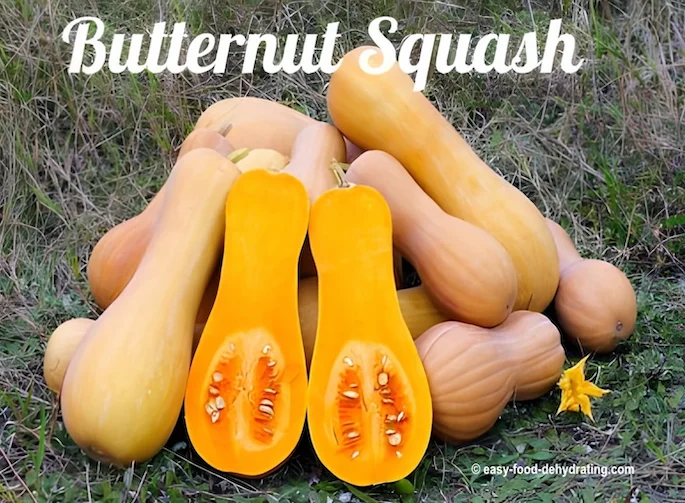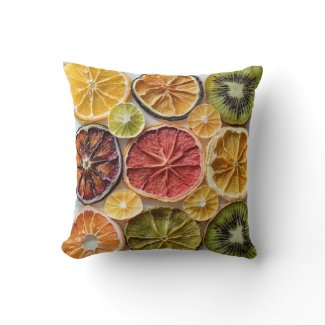- Home
- How To Dehydrate Vegetables
- How To Dehydrate Celery
How to Dehydrate Celery
One of the Easiest Veggies to Dehydrate!
How to Dehydrate Celery
One of the Easiest Veggies to Dehydrate!

Susan Gast | Author and blogger at Bored Boomers, Beesville Books, A New Sober You and Easy Food Dehydrating
Today I'm showing you how to dehydrate celery.
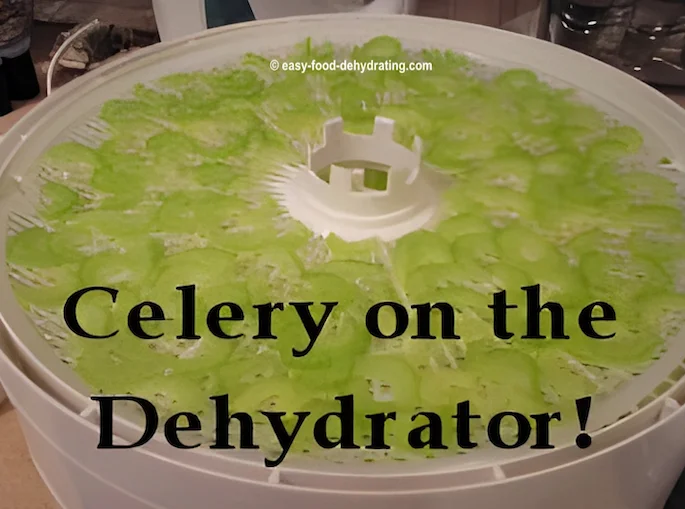
Make great-tasting soups by dehydrating celery so you'll have it on hand whenever a bowl of celery soup takes your fancy!
Frequently Asked Questions:
How to dehydrate celery leaves?
How to dehydrate celery leaves?
Yes, you can dehydrate celery leaves! Here's why and how:
Why dehydrate celery leaves?
- Preserves nutrients like vitamins K, A, and C
- Intensifies flavor for culinary use as a herb seasoning
- Allows for longer storage when dried, compared to fresh
How to dehydrate:
- Pick healthy celery leaves, wash and pat very dry
- Lay leaves evenly in a single layer on dehydrator trays
- Dehydrate at 115°F for 2-4 hours until crispy and brittle
- Alternatively, bake on parchment paper on low oven temp of 120°F with door ajar
- Crumble dried leaves when cool and store in air-tight container up to 6 months
Uses for dehydrated celery leaf powder:
- As a spice rub on meats and vegetables
- Mixed into dressings and breadcrumb toppings
- Added to soups, stews, and stocks
Enjoy the concentrated flavor and health benefits of dehydrated celery leaves in your cooking all year round!
Can you dehydrate celery in oven?
Can you dehydrate celery in oven?
Yes, you can dehydrate celery in a regular oven. Here are step-by-step instructions:
Ingredients:
- 1 bundle celery, washed, trimmed and thinly sliced
Instructions:
- Preheat
your regular oven to the lowest temperature setting, ideally around
145°F to 190°F maximum if you can set it that low. Use its lowest
setting.
- Cut celery into thin slices no more than 1⁄4 inch thick. Pat dry thoroughly with paper towels or a clean dish towel.
- Arrange celery slices in a single layer without overlapping on baking sheets lined with parchment paper.
- Place baking sheets on middle oven racks. Prop the oven door open a few inches with the handle of a wooden spoon or a ball of foil.
- Dehydrate celery for 3 to 4 hours, flipping halfway through. Test for doneness - slices should be brittle and shrunken.
- Turn oven off and allow the celery chips to cool completely before handling. Store in an airtight container for 2-3 weeks.
The key when oven drying is maintaining a low, steady temperature and frequent monitoring. While doable, using an electric dehydrator with precise controls is best for dehydrating most fruits and veggies.
Dehydrated celery uses?
Dehydrated celery uses?
Uses for dehydrated celery:
- Snacks - Celery chips make a nutritious snack on their own or paired with dips and nut butters
- Soups & Stews - Rehydrate chopped celery by adding to simmering broths, chilies, etc.
- Casseroles and Stir Frys - Add crunch and saltiness to cooked rice and pasta dishes
- Seasoning Blend - Ground with other dried veggies and herbs as a shake-on veggie seasoning
Further down this page you'll see how to make your own Celery Salt!
Make Celery Soup with Dehydrated Celery
Here are a couple of easy celery-based soups listed on our Recipes page for you to wrap your taste buds around: Celery and Potato Soup and a Curried version!
If you've got a great recipe to share too, please use the entry form on the bottom of our Recipes page to send it in so we can all benefit from your culinary creation! Thanks! :-
Don't forget to save the celery leaves!
They are superb when chopped up and added to soups. Also, don't discard the tiny part of the celery stalks.
These chop up so fast and easily and can be added to Tuna salad and Chicken Salad!
Dehydrated celery is fantastic re-hydrated—it plumps up really well and you can't tell the difference from fresh! Honest!
Celery Nutrition Info.
VITAMINS: Vitamin A, followed by Choline, Vitamin C, Niacin, and Pantothenic Acid. There are trace amounts of Riboflavin, Vitamin B6, Betaine, Folate, and Vitamin K.
MINERALS: Celery is rich in Potassium, Calcium, Magnesium, and Phosphorus. There are trace amounts of Iron, Selenium, Zinc, Manganese, and Fluoride.
Celery contains Omega-6 fatty acids.
How to Dehydrate Celery the Easy Way!
- Wash and slice fresh celery into 1/8" thick slices, a mandoline does a fine job of this—just watch your fingers, please!
- Arrange on your food dehydrator trays, making sure the celery slices don't touch.
- Turn on your food dehydrator and set the temperature between 125°F and 135°F (or per your food dehydrator's instructions).
💡 Tip: Use our Fahrenheit to Celsius converter here on our site!
- Dehydrated celery will be leathery when fully dried. It reminds me of tiny seahorses for some strange reason ... :-)
- Drying time: between 3-10 hours.
- Please remember to rotate your trays for even drying.
Begin by Using a Good Sharp Knife by Cutluxe!
Check out this great chef's knife with a full tang that means the handle and blade "are one" so they can't come apart when we're slicin' and a dicin'.
I know these Cutluxe Chef knives may be a little expensive, but they do last pretty much a lifetime when you maintain their cutting edges.
As an Amazon Associate, I earn commission from qualifying purchases. The price you pay does not increase. Read disclosure here.
Check Out this Progressive International Mandoline Slicer
This is a fantastic mandoline from Amazon, but be very careful of the sharp blades – always use the slicing hand guard when appropriate!
It's a PL8 model and comes in white.
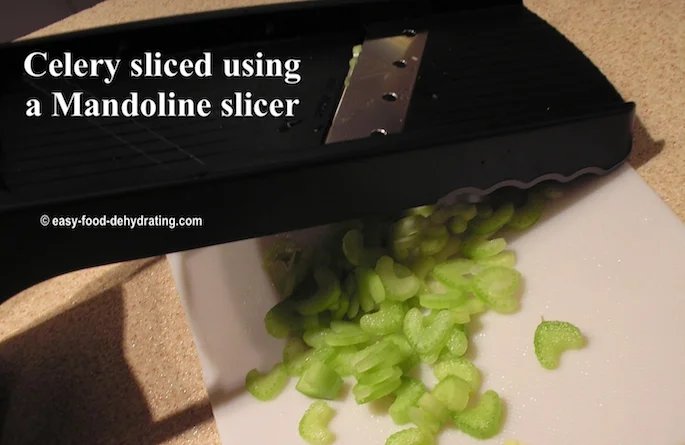
But my newest kitchen must-have is this:
SUPMAKIN Slicer + Dicer Mandoline ~ OnceForAll Brand
French fry cutter, vegetable chopper, vegetable slicer cutter, potato slicer, chopper for kitchen meal prep.
A multi-function mandoline that I just couldn't resist getting!
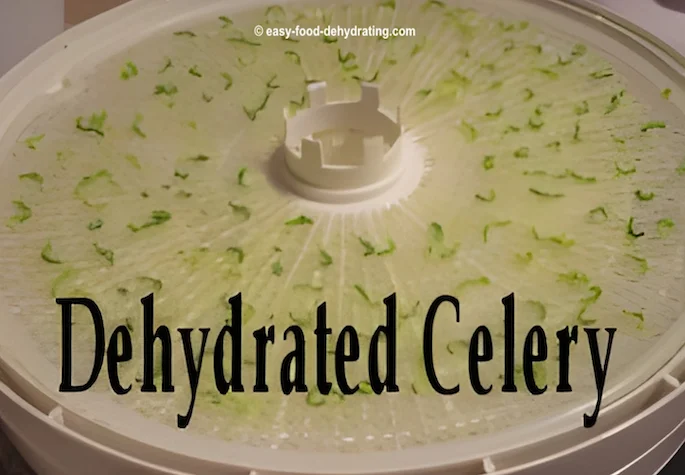
Best Areas to Grow Celery
After you've learned how to dehydrate celery, you may be interested in learning how to grow celery in the United States. Here are key areas that are ideal.
The Northeast: The northeastern region of the United States has long been considered one of the best places to grow celery because of cooler temperatures and higher rainfall levels in this part of the country.
The Midwest: The Midwest is also a good place to grow celery. This region has a moderate climate, with neither too hot nor too cold temperatures. Rainfall levels are also fairly high in the Midwest, which is ideal for celery growing.
The West: The western United States is generally considered to be a less ideal place to grow celery because the climate is generally drier and hotter in this part of the country.
How Do You Grow Celery?

Celery is a cool-weather crop, so it is best to start seeds indoors in late winter or early spring.
Once the seedlings are big enough to handle, they can be transplanted outside.
Celery requires moist, well-drained soil and full sun to grow well. Watering celery regularly is important, as the plants will not tolerate drought conditions.
Celery is typically harvested in the fall after the leaves have started to turn yellow.
Make Celery Salt!
Celery salt is great for stews and soups too. You can easily make your own celery salt (add equal parts of salt and celery) by using your grinder/coffee mill.
Have you ever tried celery with peanut butter? Sounds odd, I know, but it tastes delicious!
What Are the Different Types of Celery?
There are several different types of celery that you can grow. Some of the most popular varieties include:
Celeriac: This type of celery is grown for its large, bulbous root. Celeriac has a milder flavor than other types of celery and is often used in soups and stews.
Celery Root: Celery root is another type of celery that is grown for its large, edible root. This variety has a strong flavor and is often used in salads or as a garnish.
Pascal Celery: Pascal celery is the type of celery that is most commonly found in supermarkets. This variety has a mild flavor and is good for eating raw or cooked.
Red Celery: Red celery is a variety that is grown for its beautiful red stalks. This type of celery has a slightly sweeter flavor than other varieties and is often used in salads.
Now you know how to dehydrate celery, feel free to share your favorite recipe!
Contact Susan here.
Don't forget to grab your free Six Simple Steps eBook! It’s packed with tips for dehydrating everything from fruits and veggies to dog treats. Get it here.
Before You Go...
If you like the content, please give me some love by clicking on the 🩷 in the lower right hand corner (on just about all my pages). This signals to me that you find it enjoyable and useful. Thank you so much!

